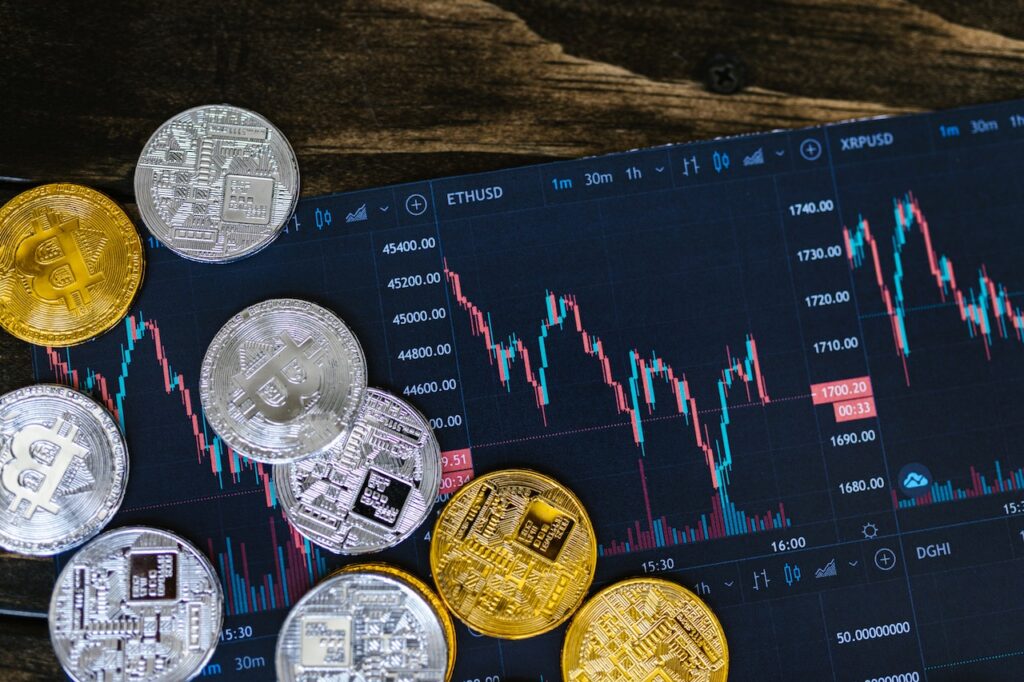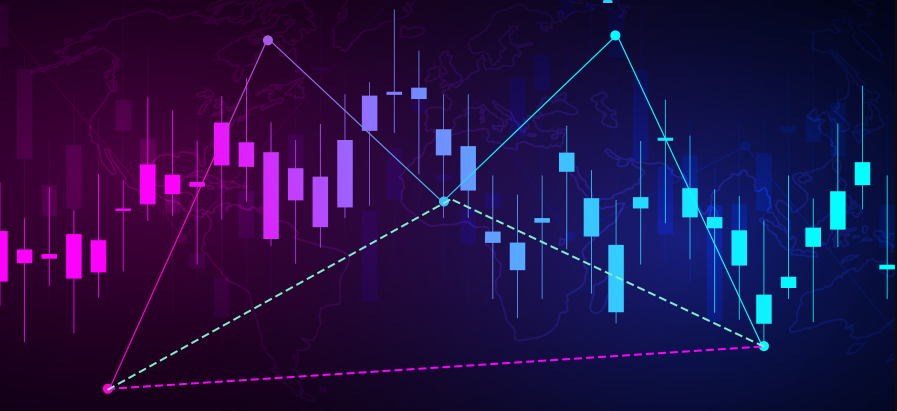Navigating the Forex Broker Landscape
The forex market has an estimated daily trading volume of over $6 trillion, making it the largest financial market in the world. With countless brokers available, selecting a trustworthy one can be overwhelming. Traders often face the challenge of filtering through numerous options to find a broker that meets their specific needs. This guide aims to simplify that process, helping you make an informed choice.
Understanding Your Trading Needs and Goals
Defining Your Trading Style
Your trading style plays a key role in broker selection. Here are some common styles:
- Scalping: Quick trades to capture small price movements.
- Day Trading: Positions opened and closed within the same day.
- Swing Trading: Holding positions for several days to capture price shifts.
Assessing Your Risk Tolerance and Capital
Identify where you stand within the trading spectrum:
- Beginner: Limited experience, lower capital.
- Intermediate: Some trading history, moderate capital.
- Advanced: Extensive knowledge, larger capital investment.
Identifying Your Technical and Fundamental Analysis Needs
Different brokers provide various platforms with unique features. Consider what you need in a broker:
- Charting tools for technical analysis.
- Access to fundamental news and economic indicators.
Evaluating Broker Regulation and Security
Regulatory Compliance
A regulated broker provides assurance of security and fair trading practices. Here’s a comparison of key regulatory bodies:
| Regulatory Body | Region | Key Features |
|---|---|---|
| FCA | UK | Stringent rules, investor protection |
| ASIC | Australia | Rigorous licensing, strong consumer safeguards |
| NFA | US | Oversight of forex trading, transparency |
Security Measures
Evaluate the broker’s security protocols. For example, features like data encryption and segregation of client funds enhance safety. Brokers such as IG Group implement robust security measures to protect their clients.
Negative Balance Protection
This feature ensures you cannot lose more money than you deposit. It’s critical for preventing heavy losses, especially for new traders. Check if this protection is standard with your broker of choice.
Comparing Broker Fees and Spreads
Spread Comparison
Different brokers offer varying spreads. For instance:
- Broker A: 0.6 pips for EUR/USD
- Broker B: 1.0 pips for the same pair
Evaluate these to see what fits your trading style.
Commission Structure
Understand the broker’s commission model:
- Spread Only: Cost is included in the price.
- Commission-Based: Separate fees may apply per trade.
Other Fees
Hidden fees can eat into your profits. Some to watch for include:
- Inactivity fees
- Withdrawal fees
- Deposit fees
Always read the fine print.
Assessing Trading Platform and Tools
Platform Usability and Functionality
A deep dive into the broker’s trading platform is crucial. Look for:
- Easy navigation and user-friendly interfaces.
- Advanced charting tools for analysis.
- Fast order execution speed.
- Availability of mobile apps for trading on the go.
Available Trading Instruments
The variety of trading options can affect your strategies. Check if your broker offers:
- Major currency pairs
- CFDs on commodities and shares
- Other assets for diversification
Educational Resources
Quality education is invaluable for traders. Assess what educational materials your broker provides, such as:
- Webinars and live seminars
- Video tutorials and articles
- Market analysis and insights
Customer Support and Account Management
Responsiveness and Accessibility
Reliable customer support is essential. Look for brokers that offer:
- 24/7 support availability
- Multiple contact methods (live chat, email, phone)
Account Opening Process
A user-friendly account opening process can save time. Check for:
- Simple verification steps
- Quick approval times
Withdrawal Procedures
Funds should be easy to access. Review processing times across brokers. For example:
- Broker A: 1-2 days for withdrawals.
- Broker B: Up to 5 days.
Speed and ease of withdrawal are significant considerations.
Conclusion: Making the Right Choice for Your Forex Journey
Choosing the right forex broker can shape your trading success. Recap your key considerations, including regulatory compliance, trading fees, and platform features. Before you make a decision, conduct thorough research based on your trading needs and goals.
Take your time and explore different options. Your forex journey begins with the right broker, so choose wisely!








Facebook Comments